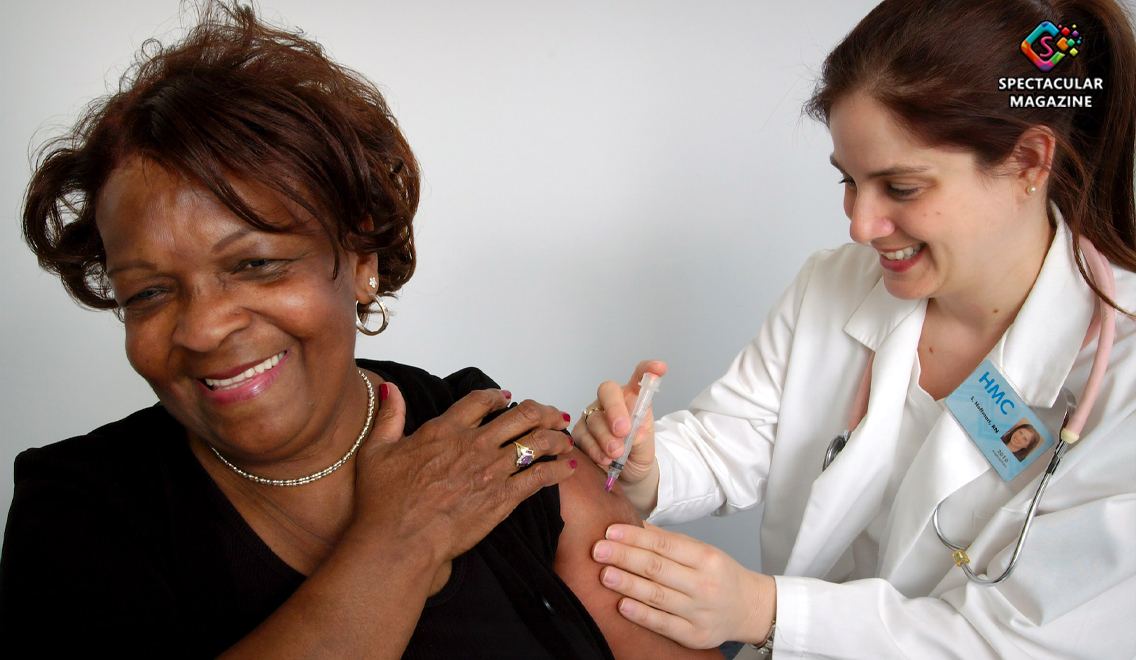New Campaign Encourages Black Americans to Get Updated COVID Vaccines
Even as the COVID pandemic wanes and mask mandates and vaccine requirements are becoming a thing of the past, the Biden-Harris Administration continues to encourage Americans to stay updated with their vaccines and boosters. And they are turning their focus on the Black community.
The administration launched a new outreach campaign to encourage Black Americans to get updated COVID-19 vaccinations. Part of the campaign includes a new TV ad geared towards adults over 50 years old, a group most at risk for severe illness due to COVID. The ad, which they’re calling “Stay Strong,” will run nationwide in every market across the country, advising people who received their last vaccine before September 2022 to update their protection with a booster shot. Companion ads will also run across social media.
The ads are part of “We Can Do This,” a multi-layered public education campaign from the Department of Health and Human Services designed to work against misinformation around COVID-19 and encourage confidence in the vaccine. According to the CDC Data Tracker, just over 40 percent of African Americans were fully vaccinated as of July 20, 2022, one of the lowest rates of all races/ethnicities. To date, HHS has worked with over 1,000 organizations to spread the word, including many in rural communities and communities of color. Their efforts have reached over 26 million people and are helping close a disparity gap in vaccination rates between whites and communities of color.
The “We Can Do This’ campaign website has also been updated with culturally-relevant videos and social media assets that include the latest information on vaccines and boosters specifically targeted to the Black community.
The Biden-Harris administration has prioritized outreach to the Black community, one of the most severely impacted by COVID. According to the CDC, while Black Americans are just as likely to contract COVID as whites, they are more than twice as likely to be hospitalized and nearly twice as likely to die from it.

